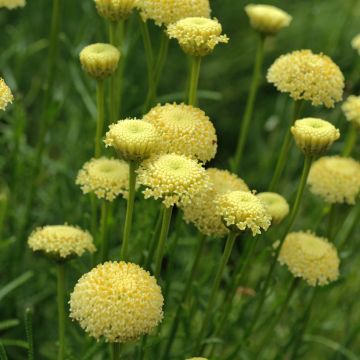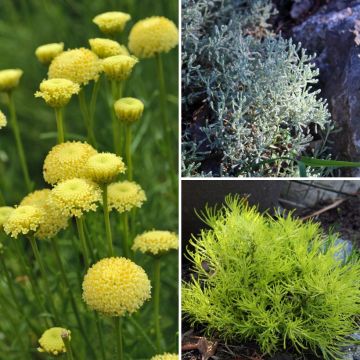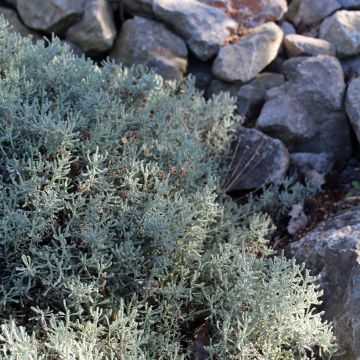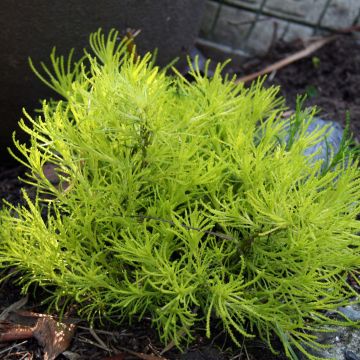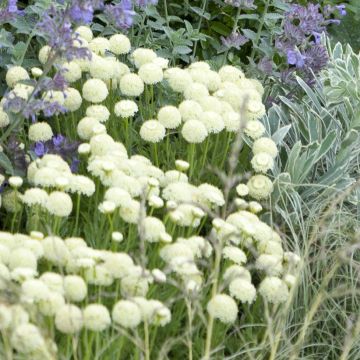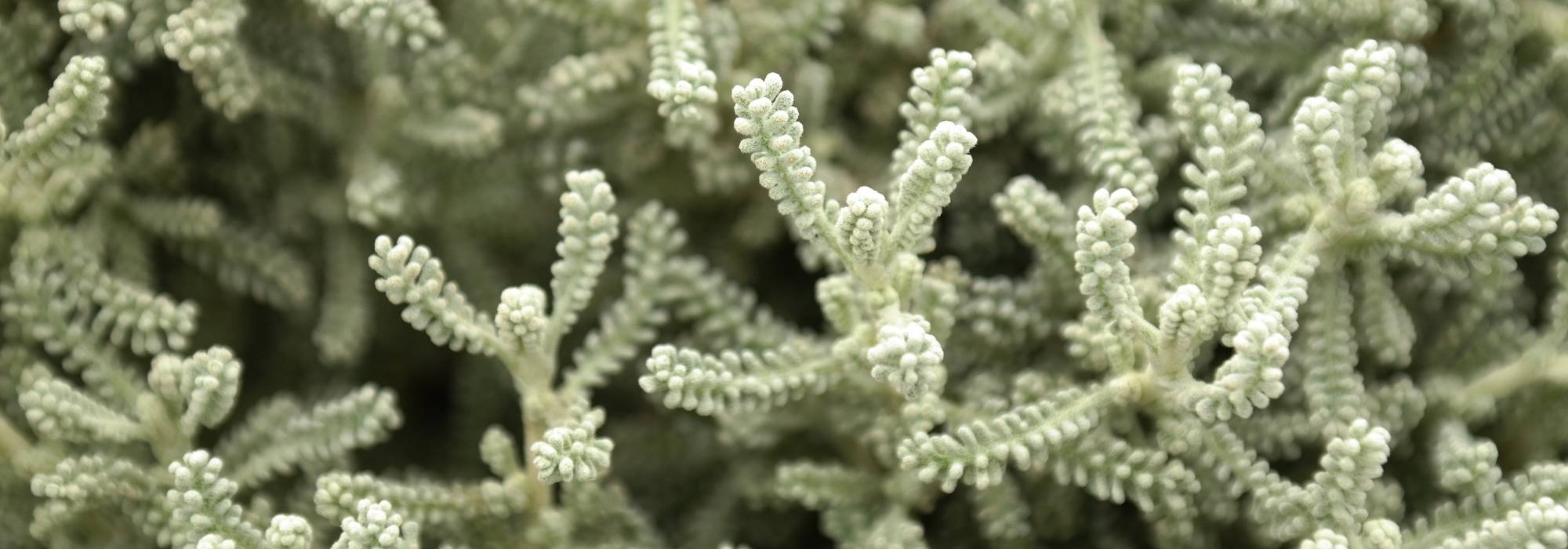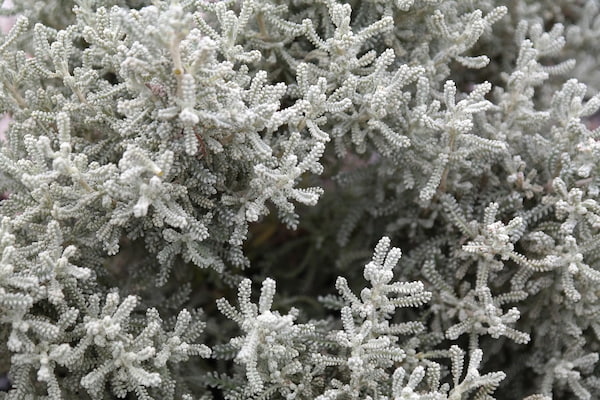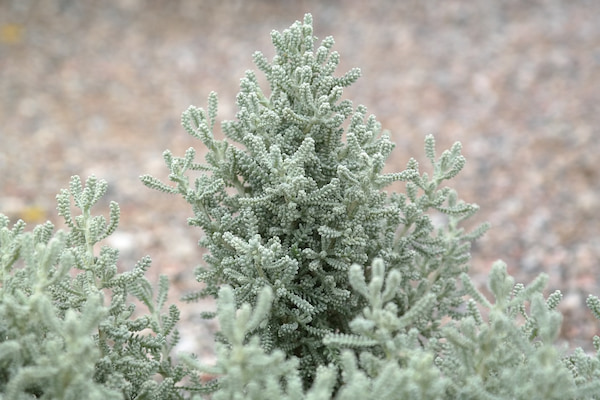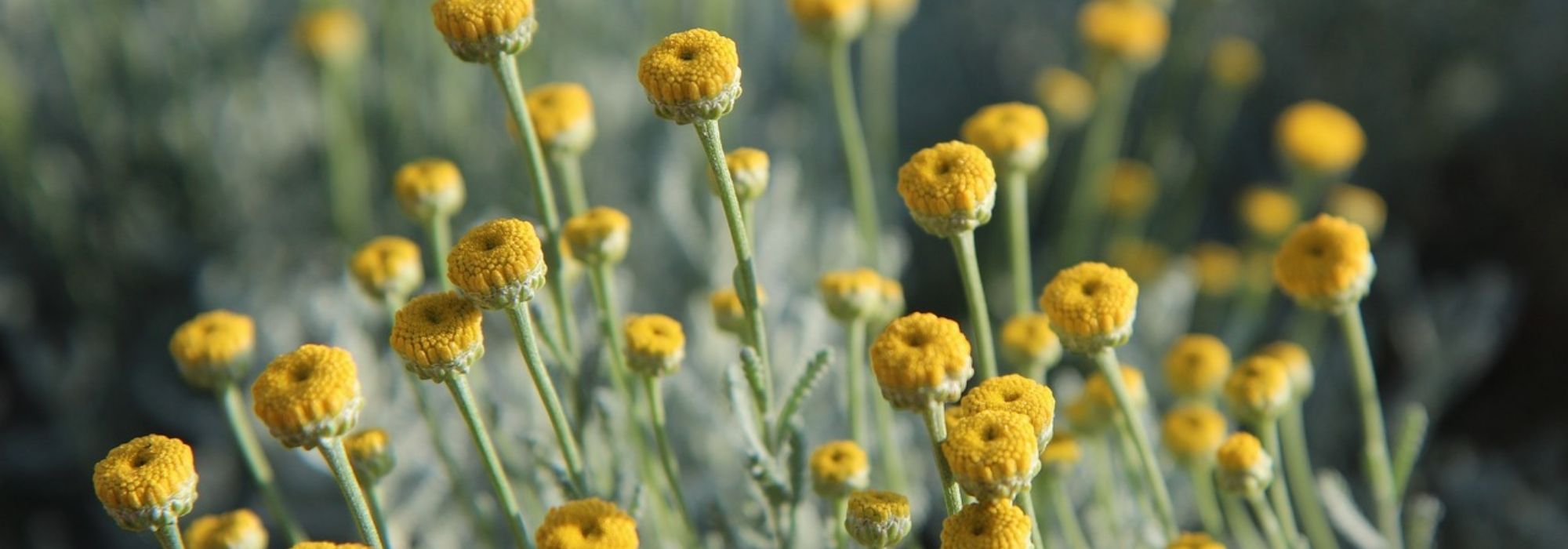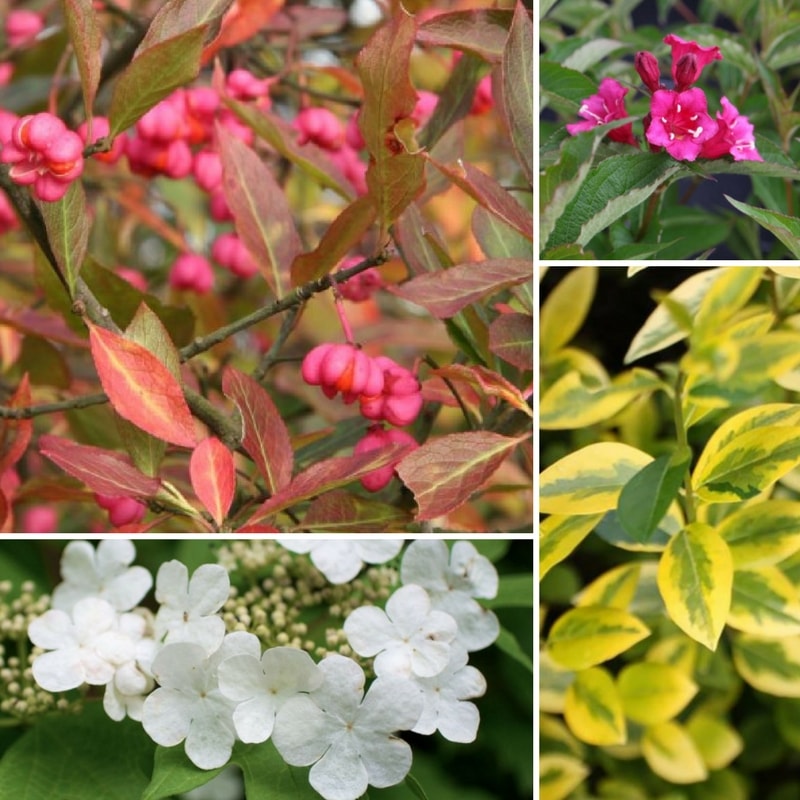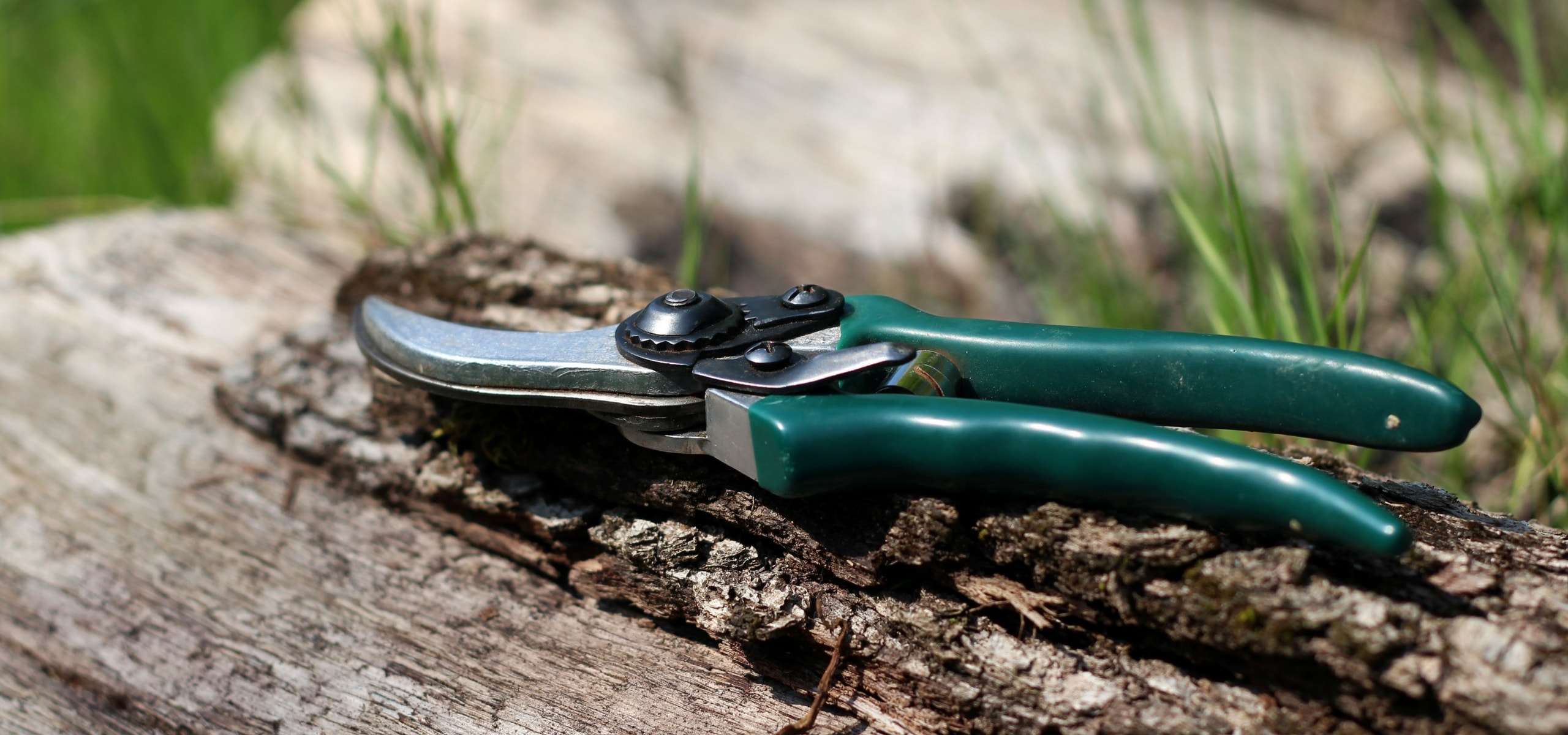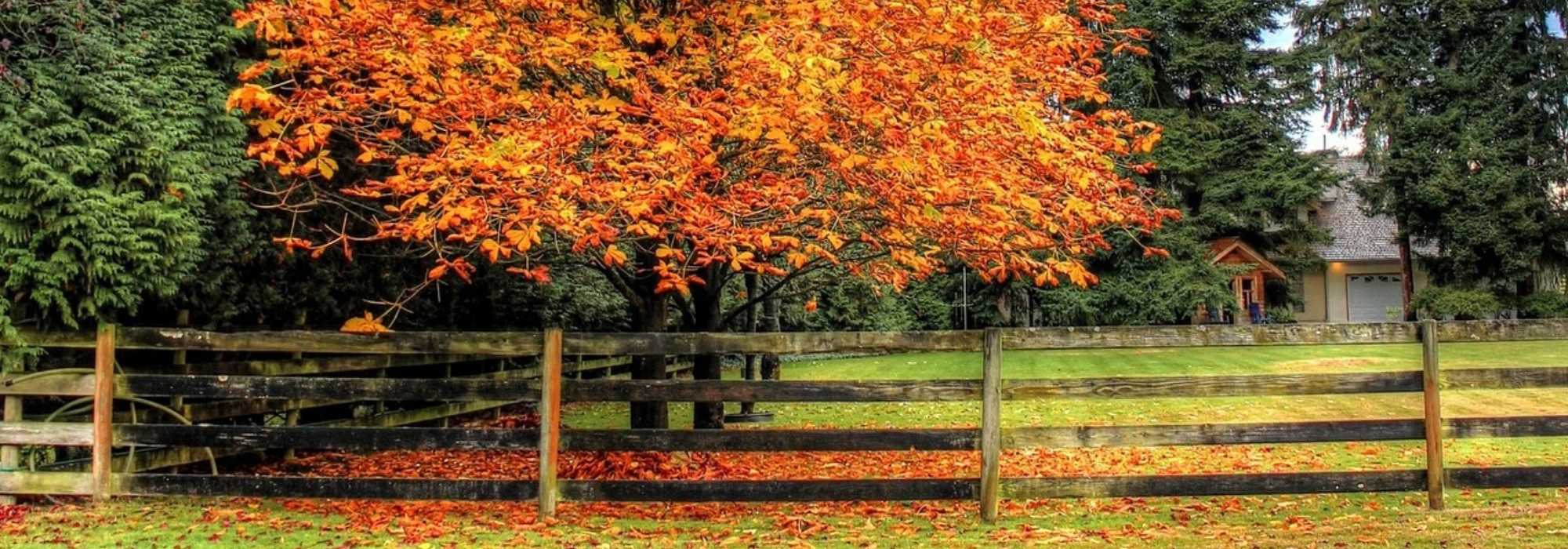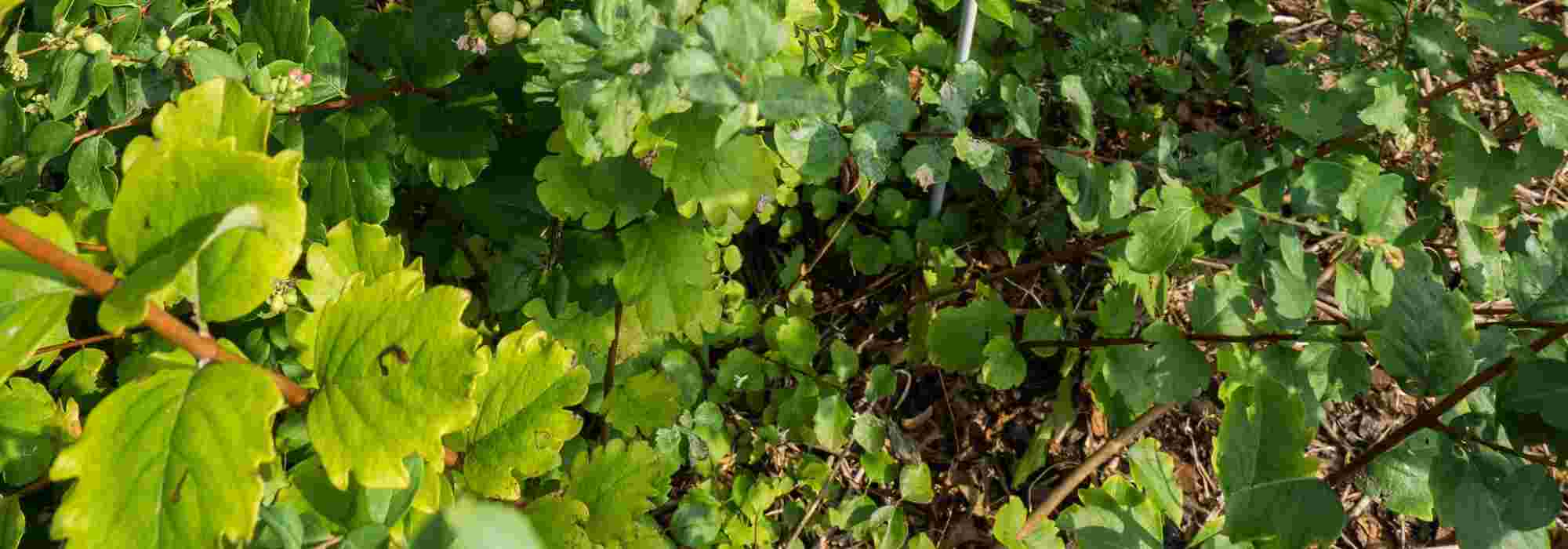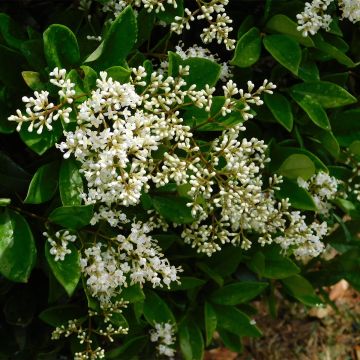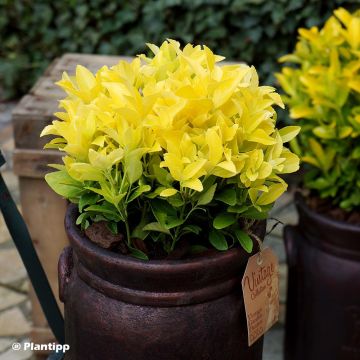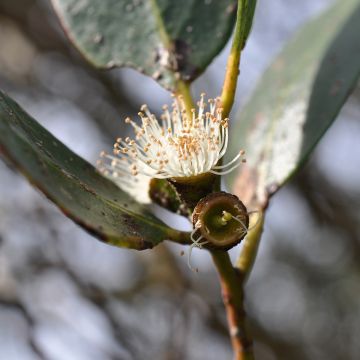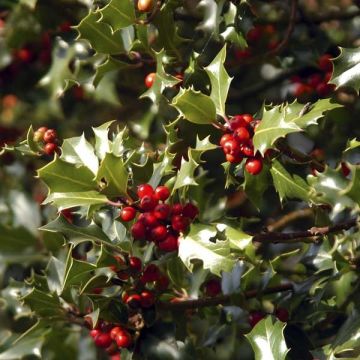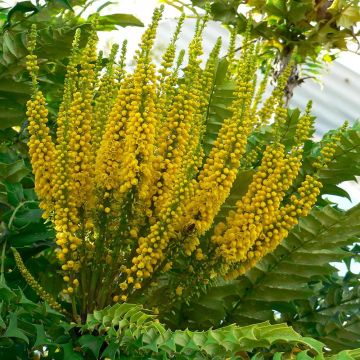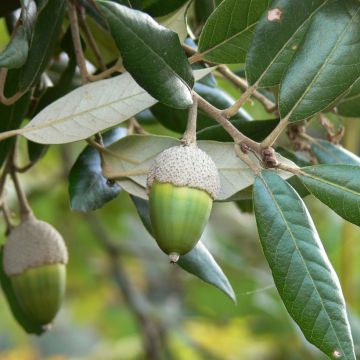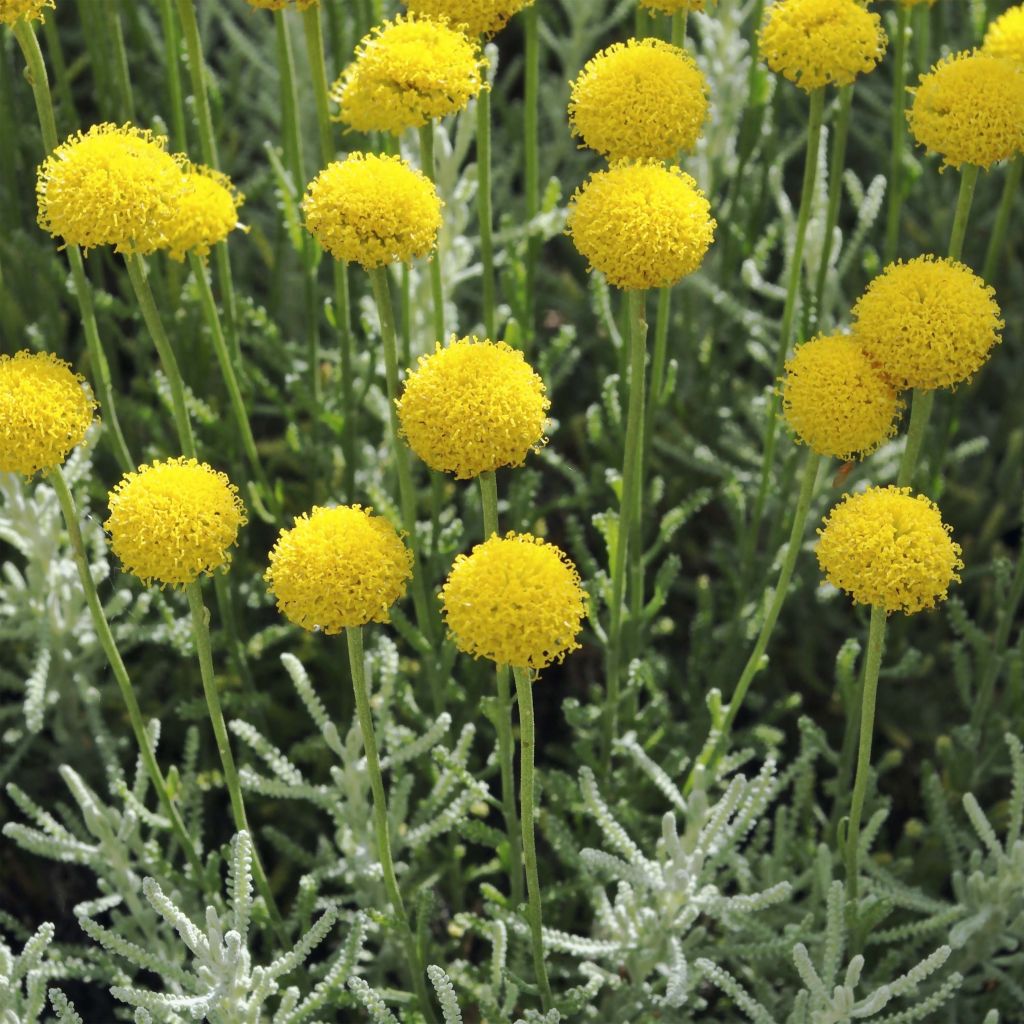

Santolina serratifolia
Santolina serratifolia
Santolina serratifolia
Cotton Lavender
Good recovery in a flower bed in full sun; survived the winter without any issues; didn't have any flowers in the year of planting, so I'm looking forward to admiring them this summer.
Mélanie, 12/04/2021
Special offer!
Receive a €20 voucher for any order over €90 (excluding delivery costs, credit notes, and plastic-free options)!
1- Add your favorite plants to your cart.
2- Once you have reached €90, confirm your order (you can even choose the delivery date!).
3- As soon as your order is shipped, you will receive an email containing your voucher code, valid for 3 months (90 days).
Your voucher is unique and can only be used once, for any order with a minimum value of €20, excluding delivery costs.
Can be combined with other current offers, non-divisible and non-refundable.
Why not try an alternative variety in stock?
View all →This plant carries a 24 months recovery warranty
More information
We guarantee the quality of our plants for a full growing cycle, and will replace at our expense any plant that fails to recover under normal climatic and planting conditions.

Would this plant suit my garden?
Set up your Plantfit profile →
Description
Santolina serratifolia is a very pretty botanic santolina, which forms a beautiful cushion woven from particularly dense foliage, finely cut, silver-grey and pleasantly fragrant when crushed. Unlike many others, this santolina forms upright stems and not prostrate ones, giving it a very neat habit. This evergreen and hardy Mediterranean shrub is drought-tolerant and well-suited to rocky soils, withstands pruning well, and forms a very attractive and easy-to-maintain ground cover. It thrives on dry and poor slopes, undisturbed under the sun and heat.
Santolina serratifolia is an undershrub native to Spain and southern France. This woody perennial belongs to the asteraceae family. It forms a rounded clump of 40 cm (16in) in all directions, sometimes more, depending on the growing conditions and soil type. Its woody and upright stems create a dense framework, allowing it to form beautiful, regular cushions covered with small, persistent and fragrant foliage, exuding a scent reminiscent of olive oil and turpentine. The tiny leaves are finely cut, grey-silver and arranged alternately on greyish stems. The inflorescences appear in summer, from June to August. They are small, round and bulging flower heads, resembling small golden yellow buttons. It is advisable to prune the plant after flowering to maintain a compact habit.
This beautiful undershrub for rock gardens and poor soils is perfectly adapted to drought. It particularly dislikes heavy, rich and moist soils, wet in summer. Create a bed to accompany your santolina, evoke the scrubland, by mixing the foliage and scents of rockroses, lavenders, rosemary, thymes, and salvias. Add Californian poppies, catananches, and dryland euphorbias for some dynamism in your composition. Santolinas tolerate pruning very well. It is even essential to maintain a compact habit. They can be planted along pathways, kept as low hedges, or placed in the middle of a rock garden for a silver touch. They are a very good ground cover that prevents the germination of weeds.
Properties: Santolines have vermifuge and insecticidal properties. Like lavender, they were once used to repel moths in closets.
Santolina serratifolia in pictures
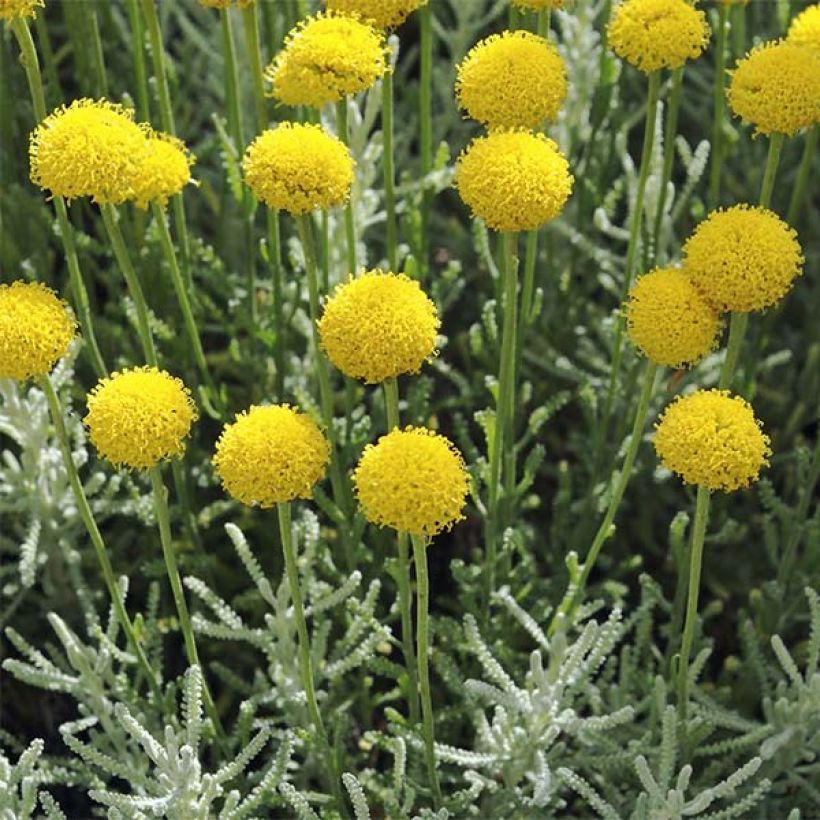

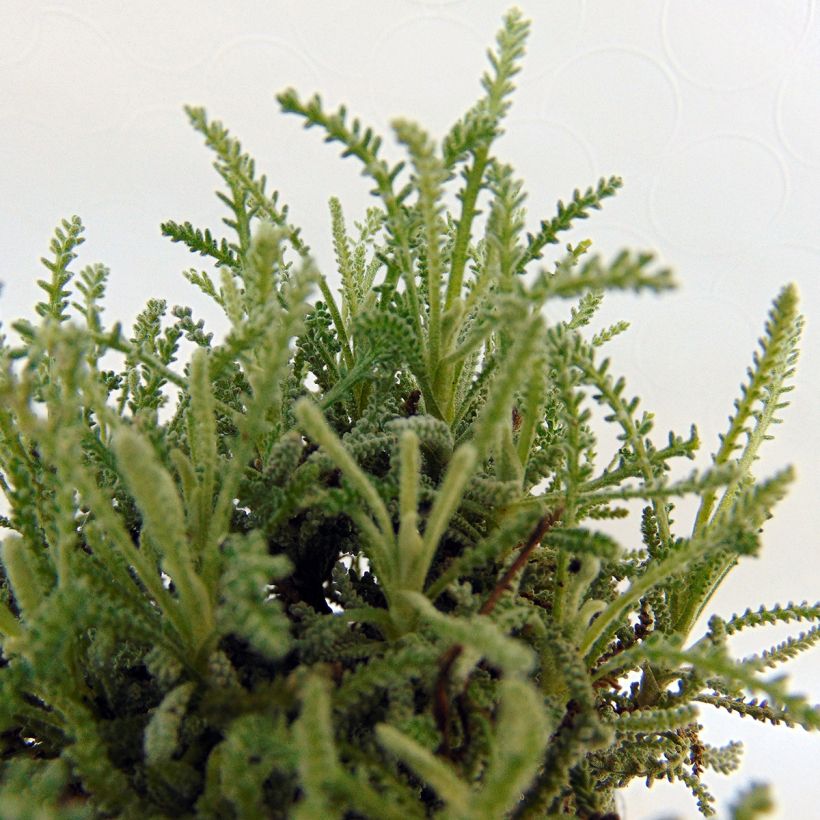

Plant habit
Flowering
Foliage
Botanical data
Santolina
serratifolia
Asteraceae
Cotton Lavender
Mediterranean
Other Santoline - Lavender Cotton
View all →Planting and care
Santolina serratifolia requires well-drained, rocky or sandy, poor, even slightly chalky soil. Plant it after the last frost in the north, and in September-October in a hot and dry climate. It cannot thrive without sunlight and likes to have warm roots. When planted in overly rich soil, it becomes limp and lacks rigidity. In poor and well-drained soil, it is hardy down to -12/-15°C (10.4/5°F) and will live longer. Install it in a raised bed enriched with gravel, in a rock garden, in full sun against a south-facing wall, on a rocky or sandy slope, or any substrate that does not retain moisture that would be fatal to it in winter or summer, which is its dormant period. The combination of heat and humidity leads to the development of a fungus that attacks the collar of the plant and will cause its death as much as a Siberian cold. It is essential to cut back the stems after flowering to maintain a compact shape.
Planting period
Intended location
Care
Planting & care advice
-
, onOrder confirmed
Reply from on Promesse de fleurs
Similar products
Haven't found what you were looking for?
Hardiness is the lowest winter temperature a plant can endure without suffering serious damage or even dying. However, hardiness is affected by location (a sheltered area, such as a patio), protection (winter cover) and soil type (hardiness is improved by well-drained soil).

Photo Sharing Terms & Conditions
In order to encourage gardeners to interact and share their experiences, Promesse de fleurs offers various media enabling content to be uploaded onto its Site - in particular via the ‘Photo sharing’ module.
The User agrees to refrain from:
- Posting any content that is illegal, prejudicial, insulting, racist, inciteful to hatred, revisionist, contrary to public decency, that infringes on privacy or on the privacy rights of third parties, in particular the publicity rights of persons and goods, intellectual property rights, or the right to privacy.
- Submitting content on behalf of a third party;
- Impersonate the identity of a third party and/or publish any personal information about a third party;
In general, the User undertakes to refrain from any unethical behaviour.
All Content (in particular text, comments, files, images, photos, videos, creative works, etc.), which may be subject to property or intellectual property rights, image or other private rights, shall remain the property of the User, subject to the limited rights granted by the terms of the licence granted by Promesse de fleurs as stated below. Users are at liberty to publish or not to publish such Content on the Site, notably via the ‘Photo Sharing’ facility, and accept that this Content shall be made public and freely accessible, notably on the Internet.
Users further acknowledge, undertake to have ,and guarantee that they hold all necessary rights and permissions to publish such material on the Site, in particular with regard to the legislation in force pertaining to any privacy, property, intellectual property, image, or contractual rights, or rights of any other nature. By publishing such Content on the Site, Users acknowledge accepting full liability as publishers of the Content within the meaning of the law, and grant Promesse de fleurs, free of charge, an inclusive, worldwide licence for the said Content for the entire duration of its publication, including all reproduction, representation, up/downloading, displaying, performing, transmission, and storage rights.
Users also grant permission for their name to be linked to the Content and accept that this link may not always be made available.
By engaging in posting material, Users consent to their Content becoming automatically accessible on the Internet, in particular on other sites and/or blogs and/or web pages of the Promesse de fleurs site, including in particular social pages and the Promesse de fleurs catalogue.
Users may secure the removal of entrusted content free of charge by issuing a simple request via our contact form.
The flowering period indicated on our website applies to countries and regions located in USDA zone 8 (France, the United Kingdom, Ireland, the Netherlands, etc.)
It will vary according to where you live:
- In zones 9 to 10 (Italy, Spain, Greece, etc.), flowering will occur about 2 to 4 weeks earlier.
- In zones 6 to 7 (Germany, Poland, Slovenia, and lower mountainous regions), flowering will be delayed by 2 to 3 weeks.
- In zone 5 (Central Europe, Scandinavia), blooming will be delayed by 3 to 5 weeks.
In temperate climates, pruning of spring-flowering shrubs (forsythia, spireas, etc.) should be done just after flowering.
Pruning of summer-flowering shrubs (Indian Lilac, Perovskia, etc.) can be done in winter or spring.
In cold regions as well as with frost-sensitive plants, avoid pruning too early when severe frosts may still occur.
The planting period indicated on our website applies to countries and regions located in USDA zone 8 (France, United Kingdom, Ireland, Netherlands).
It will vary according to where you live:
- In Mediterranean zones (Marseille, Madrid, Milan, etc.), autumn and winter are the best planting periods.
- In continental zones (Strasbourg, Munich, Vienna, etc.), delay planting by 2 to 3 weeks in spring and bring it forward by 2 to 4 weeks in autumn.
- In mountainous regions (the Alps, Pyrenees, Carpathians, etc.), it is best to plant in late spring (May-June) or late summer (August-September).
The harvesting period indicated on our website applies to countries and regions in USDA zone 8 (France, England, Ireland, the Netherlands).
In colder areas (Scandinavia, Poland, Austria...) fruit and vegetable harvests are likely to be delayed by 3-4 weeks.
In warmer areas (Italy, Spain, Greece, etc.), harvesting will probably take place earlier, depending on weather conditions.
The sowing periods indicated on our website apply to countries and regions within USDA Zone 8 (France, UK, Ireland, Netherlands).
In colder areas (Scandinavia, Poland, Austria...), delay any outdoor sowing by 3-4 weeks, or sow under glass.
In warmer climes (Italy, Spain, Greece, etc.), bring outdoor sowing forward by a few weeks.






























